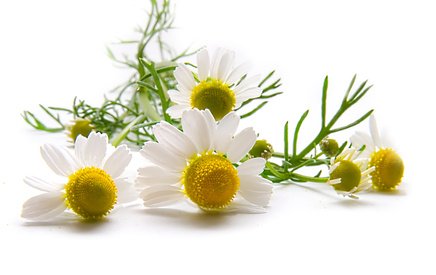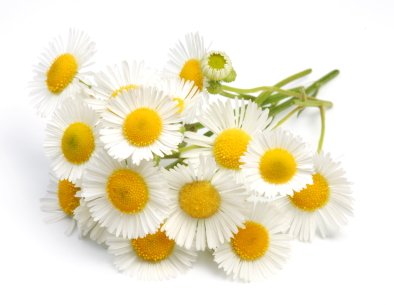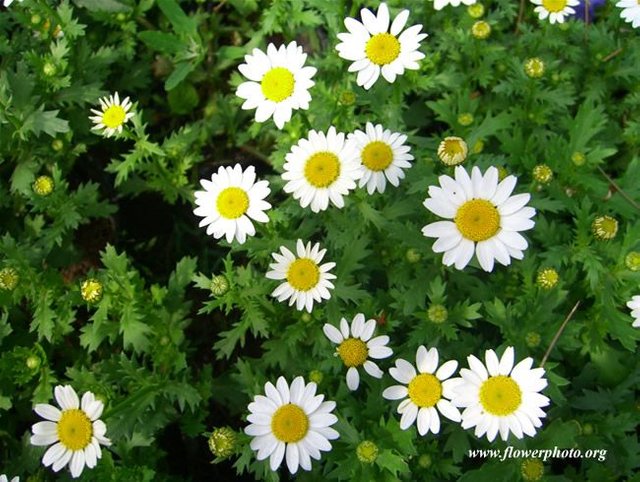Wonder Plant #003 - Chamomille (Anthemis Nobilis & Matricaria Chamomilla), calming comfort
*Remember to always consult a doctor if you plan to medicate with natural plants. Don't take any of this for granted, do your own research.
1. Anthemis Nobilis, also called Roman Chamomille, is perennial that grows in fields, around gardens and other cultivated grounds. It is often found in teas or sold in capsules to treat restlessness, but the Matricaria Chamomilla is more widely used in such preparations. It is the chamazulene, bisabolol and flavonoids, to name a few, that are holding this plant's medicinal properties. It's use by humans dates back over 400 hundred years ago, it's use has been described as safe even for children and pregnant women.

Flowering: June and July
Properties and uses of Anthemis Nobilis:
- Anodyne: alleviates pain
- Antispasmodic: prevents and relieves spasms and convulsions
- Aromatic: noticeable and pleasant smell
- Bitter Tonic
- Stimulant Stomachich
- Eases earaches
- Relieves menstrual cramps
- Prevents stomach ulcers
- Shampoo for blond hair

- Roman Chamomille Tea can be made from infusing 1 tbsp. of flowers in 1 cup of water for about an hour. This tea can then be used by people dealing with:
- Flatulent colic
- Dyspepsia
- Fever
- Restlessness
- Washing wounds and sores
- Roman Chamomille Oil is made from 1 oz of flowers, fresh or dried, placed in olive oil for over 24 hours. It can then be rubbed or eaten by placing 6 drops on a sugar cube:
- Colic: an attack of acute abdominal pain localized in a hollow organ and often caused by spasm, obstruction, or twisting. Also a condition marked by recurrent episodes of prolonged and uncontrollable crying and irritability in an otherwise healthy infant that is of unknown cause and usually subsides after three to four months of age.
- Spasms
- Stomach cramps
- Swellings
- Callouses
- Painful joints
_ _ _ _ _ _ _ _ _
2. Matricaria Chamomilla, also called German Chamomille, is an annual plant found along roadsides and cultivated areas. They flower at about the same as Roman Chamomille. It is often found in teas and natural medicines.

Properties and uses of Matricaria Chamomilla:
- Anodyne: alleviates pain
- Anti-inflammatory
- Antispasmodic: prevents and relieves spasms and convulsions
- Calmative: light sedative
- Carminative: expelling gas from the stomach or intestines so as to relieve flatulence or abdominal pain or distension
- Diaphoretic: increases perspiration
- Tonic: invigorates, restores, refreshes, or stimulates

- German Chamomille tea is made by infusing 2 tsp. of dried or fresh flowers in 1/2 cup of water. It is usually used to help when dealing with:
- Nervous conditions
- Insomnia
- Neuralgia: acute paroxysmal pain radiating along the course of one or more nerves usually without demonstrable changes in the nerve structure
- Lumbago: acute or chronic pain (such as that caused by muscle strain) in the lower back
- Rheumatic problems
- Rashes
- Facilitate bowel movement
- Toothaches
- Asthma
- Symptoms of a cold
Useful links:
- An article about health benefits of Chamomille Oil
- Another article about health benefits of Chamomille Oil
- An article about the health benefits of German Chamomille
- Another article about the health benefits of German Chamomille
Sources:
- All definitions were taken from the Merriam Webster website: https://www.merriam-webster.com/
- Prevention Magazine Health Books. The Complete Book of Natural & Medicinal Cures. 1994. Berkley Health Reference. p. 306.
- Lust, John. The Herb Book. 1974. Bantham Books. p. 144.
Images (in order of appearance):
- herbarom-laboratoire.com/_uploads/Camomille_romaine_4.jpeg
- okanaganxeriscape.org/static/images/plant/resized/Clip_4_700x700.jpg
- baseformula.com/wordpress/wp-content/uploads/2015/02/chamomile2.jpg
- s-media-cache-ak0.pinimg.com/736x/2c/ee/bf/2ceebf140fcea544bec8412340eb7f3e.jpg
Edit:
- 24/6/17 - tags
- 28/6/17 - formatting